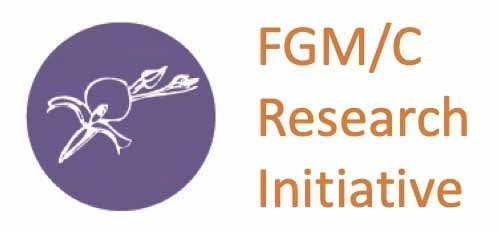The national prevalence of female genital mutilation/cutting (‘FGM/C’) in Kenya reduced from 37.6% of women aged 15–49 in 1998 to 14.8% in 2022. Despite this progress, concerns remain about medicalisation of the practice, changes in the type of cutting and cross-border FGM/C. There is evidence of a trend towards hiding FGM/C by medicalising it, and families in urban areas with higher levels of education are opting for cutting by medical professionals. The prevalence of FGM/C in which some flesh is taken has reduced more noticeably than the prevalence of the most severe type (infibulation). Cross-border FGM/C is a concern, particularly migrants moving into and out of Kenya to be cut. Ethnicity and social identity are the primary drivers, and this has created geographic hotspots where prevalence is well above the national average (between 57% and 87%). To address these concerns, programming must consider ethnic and religious drivers and engage with medical professionals to reduce the likelihood of medicalised FGM/C. In addition, estalibishing a regional coordinating body to address cross-border FGM/C is critical.

